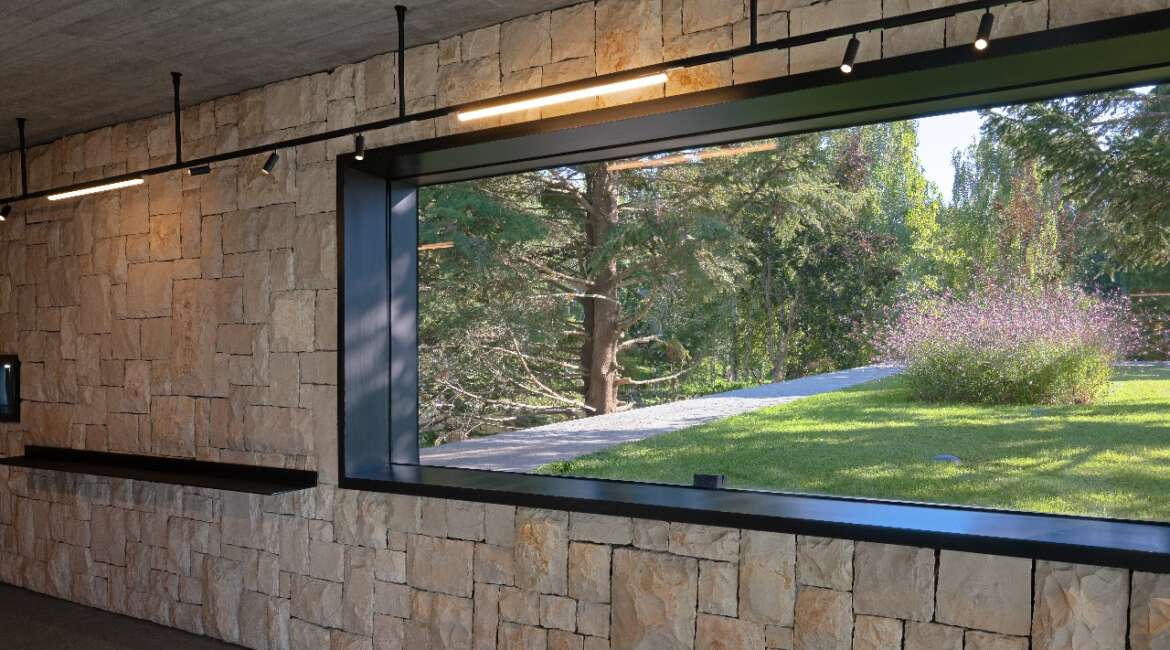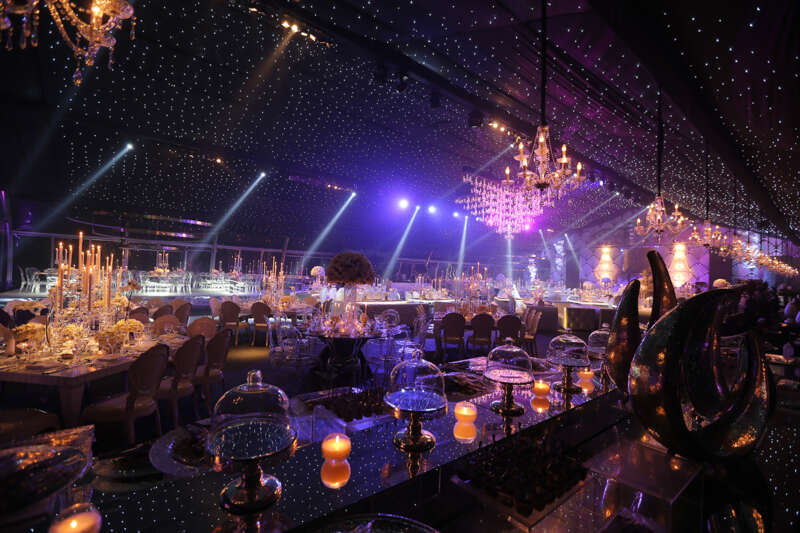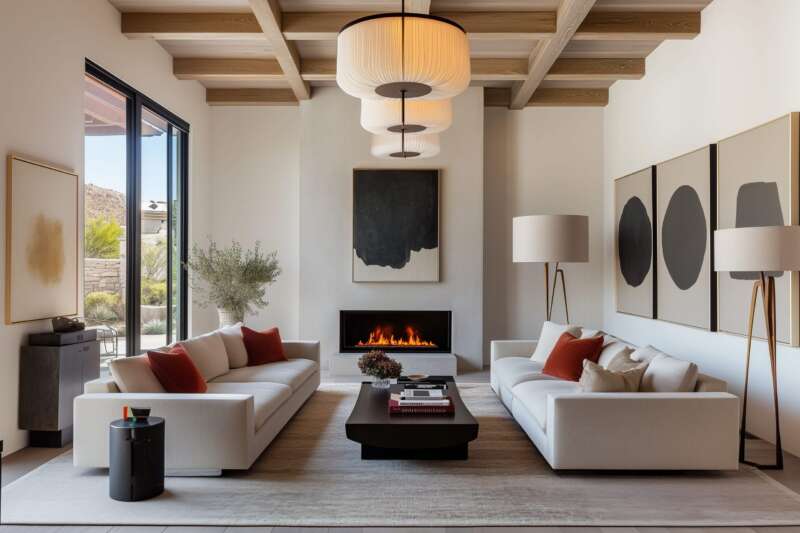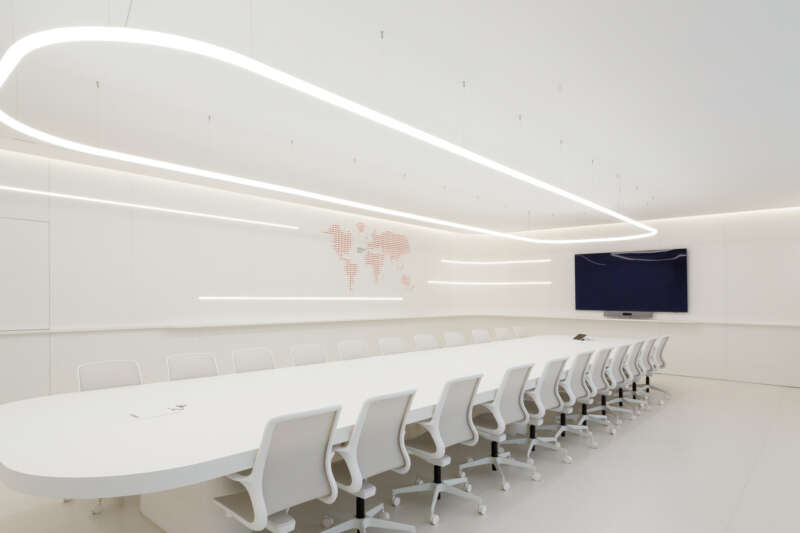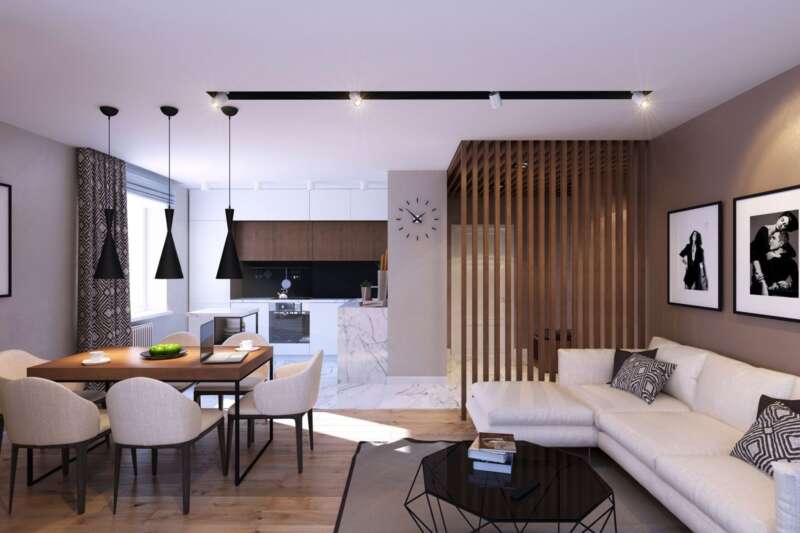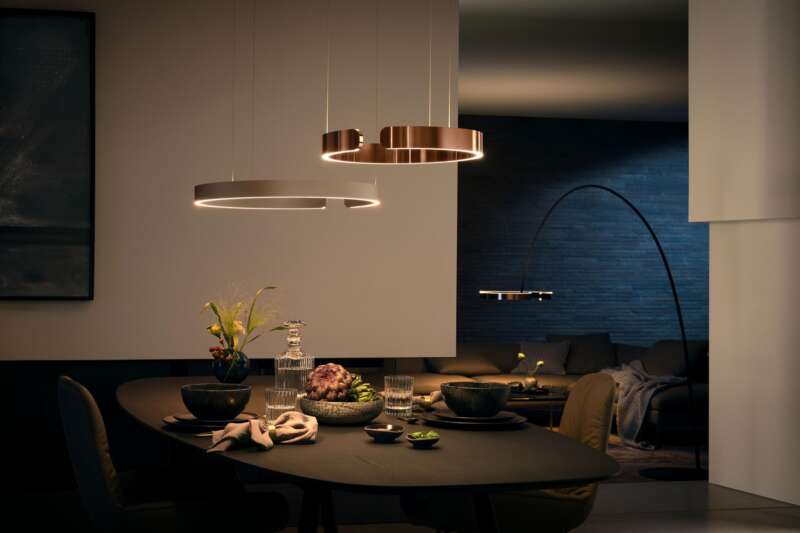Beam Spread: Light Distribution Patterns
Understanding beam spread and light distribution patterns is essential. The beam spread refers to the angle at which light is emitted from a fixture. It determines how the light is dispersed and the coverage area it can illuminate. Different beam spreads are used to achieve various lighting effects and fulfill specific lighting needs.
The most common beam spreads are narrow, medium, and wide. A narrow beam spread produces a focused, concentrated beam of light with a smaller coverage area. It is ideal for highlighting specific objects or areas, such as artworks or architectural elements. On the other hand, a wide beam spread emits light over a larger area, providing general illumination. This type of spread is commonly used for ambient lighting in large spaces.
Medium beam spreads fall somewhere between narrow and wide spreads. They offer a balanced combination of focus and coverage, making them suitable for accent lighting or task lighting purposes. For example, track lights with medium beam spreads could be used to highlight kitchen counter-tops or artworks on display.
Imagine you are designing the lighting setup for a gallery exhibition. You want to ensure that each artwork is properly illuminated while creating an overall atmosphere of warmth and ambiance in the space. To achieve this, you would utilize a combination of narrow and medium beam spreads. The narrow beams would focus on accentuating individual pieces, drawing attention to their details and textures. Meanwhile, the medium spreads would provide soft general illumination that enhances the overall viewing experience for visitors.
It’s important to note that different fixtures have varying capabilities when it comes to beam spread adjustment. Some fixtures allow for interchangeable lenses or adjustable mechanisms that can alter the angle of light dispersion. This flexibility enables you to fine-tune your lighting design based on specific requirements and desired effects.
Understanding beam spread also plays a significant role in controlling glare and minimizing unwanted shadows. By selecting the appropriate beam spread for a particular space or task, you can ensure an optimal balance between brightness, uniformity, and visual comfort.
In summary, beam spread is a fundamental aspect of lighting design that determines how light is emitted and distributed. Whether you are aiming for focused spotlights or broad general illumination, choosing the right beam spreads is essential in achieving your desired lighting effects. Take into account the specific needs of your space or task, and consider the interplay between different beam spreads to create a well-balanced lighting setup that enhances both functionality and aesthetics.
Check how the beam spread light was used in our project: https://trend-yard.com/portfolio/private-villa/


